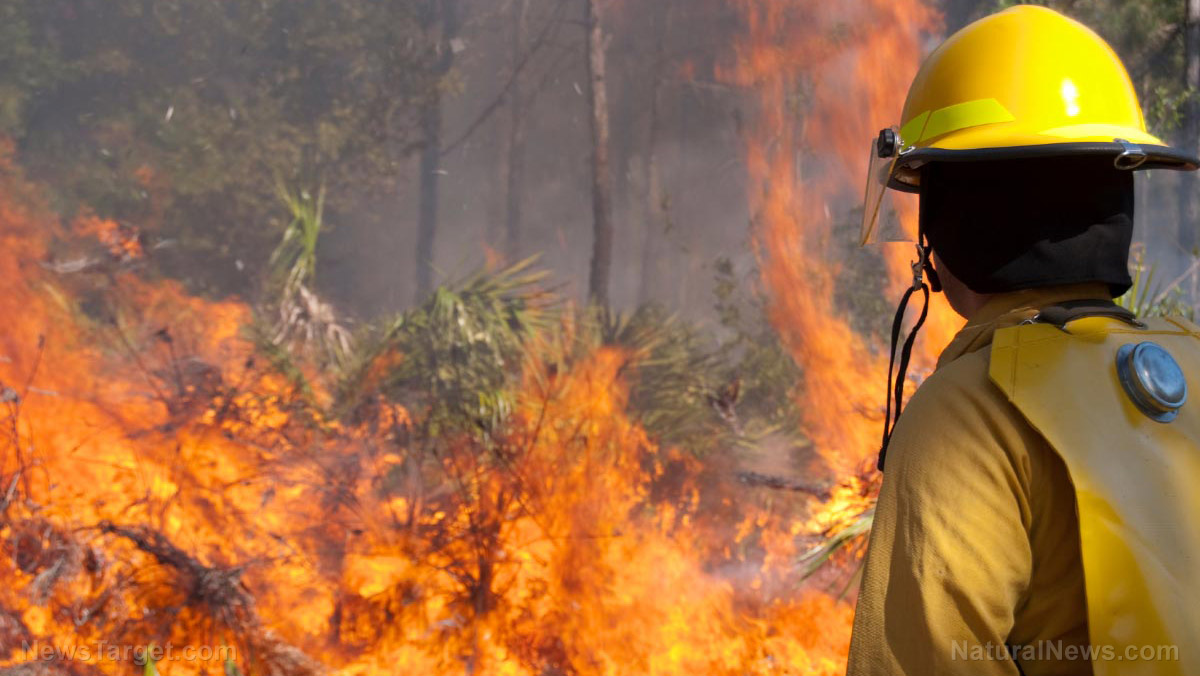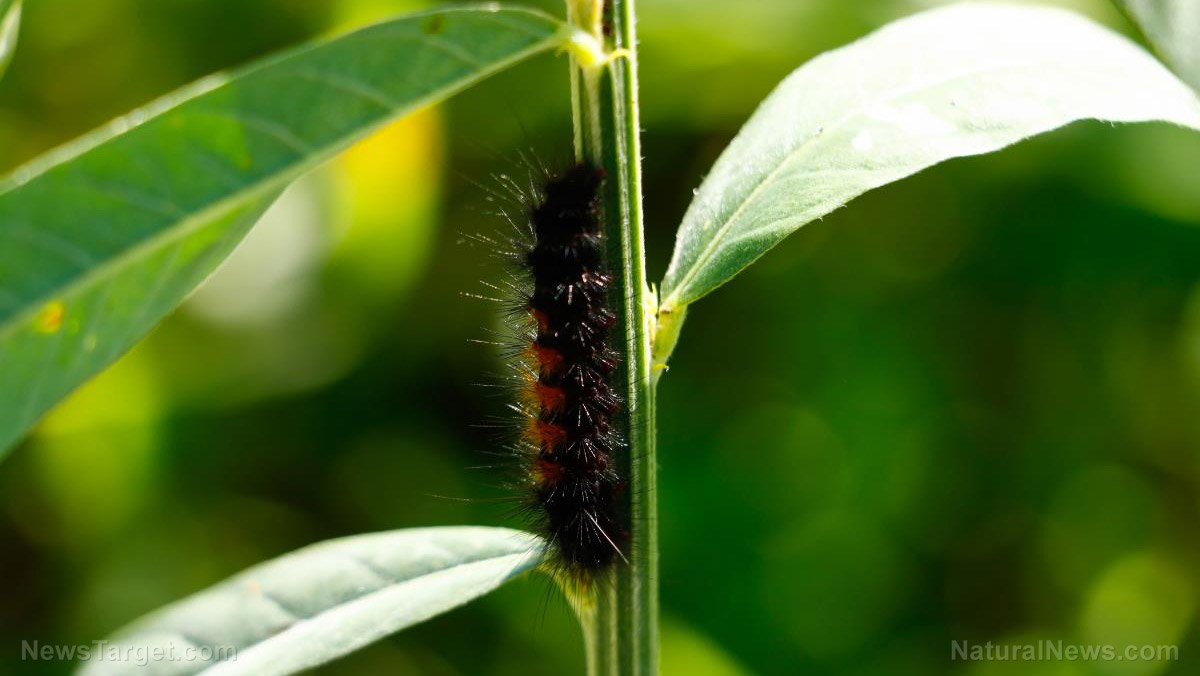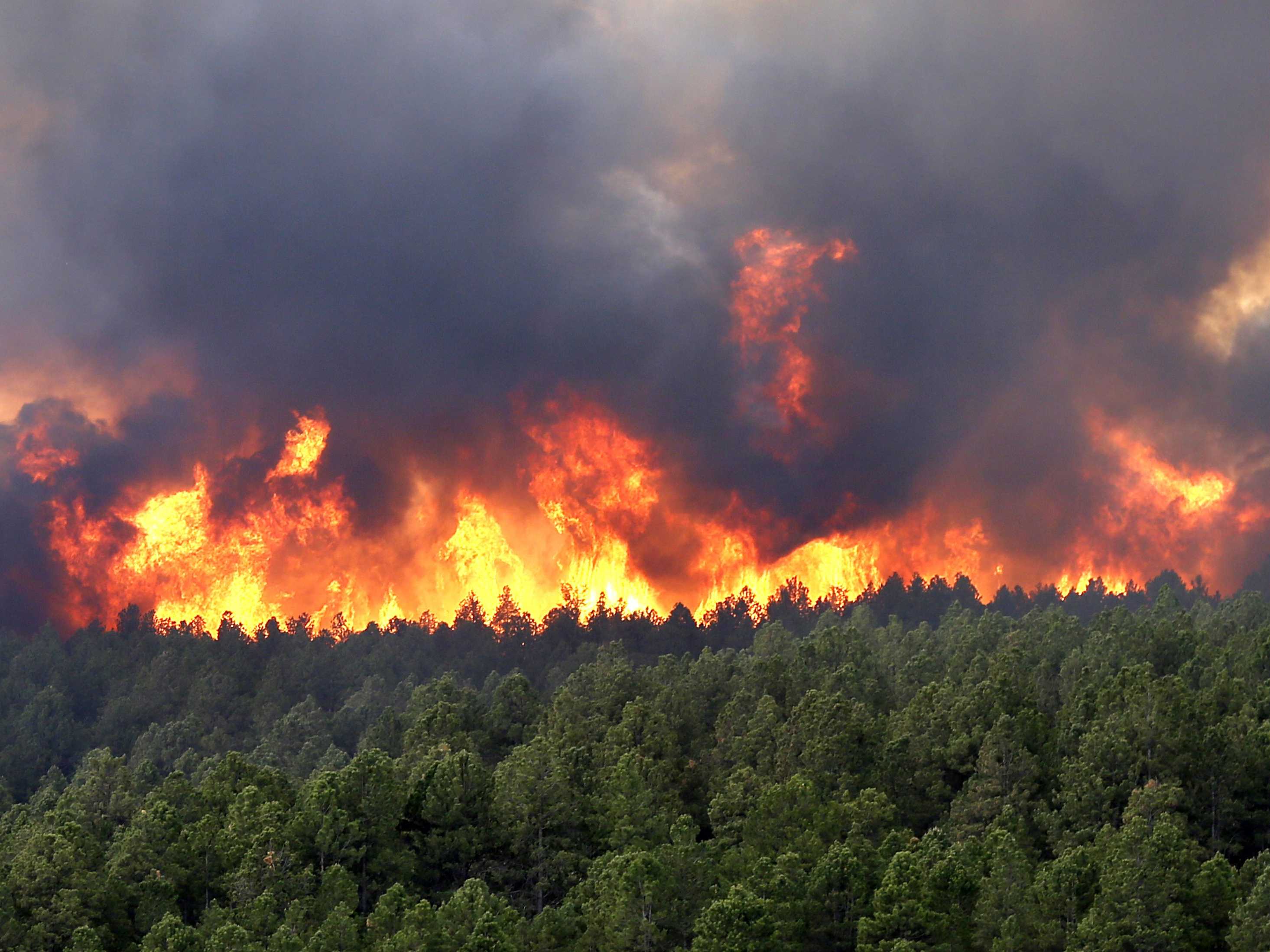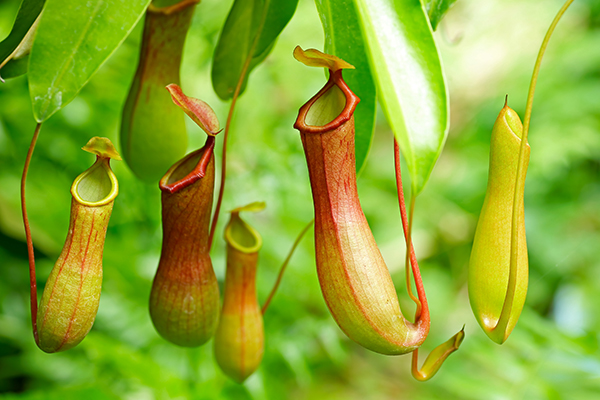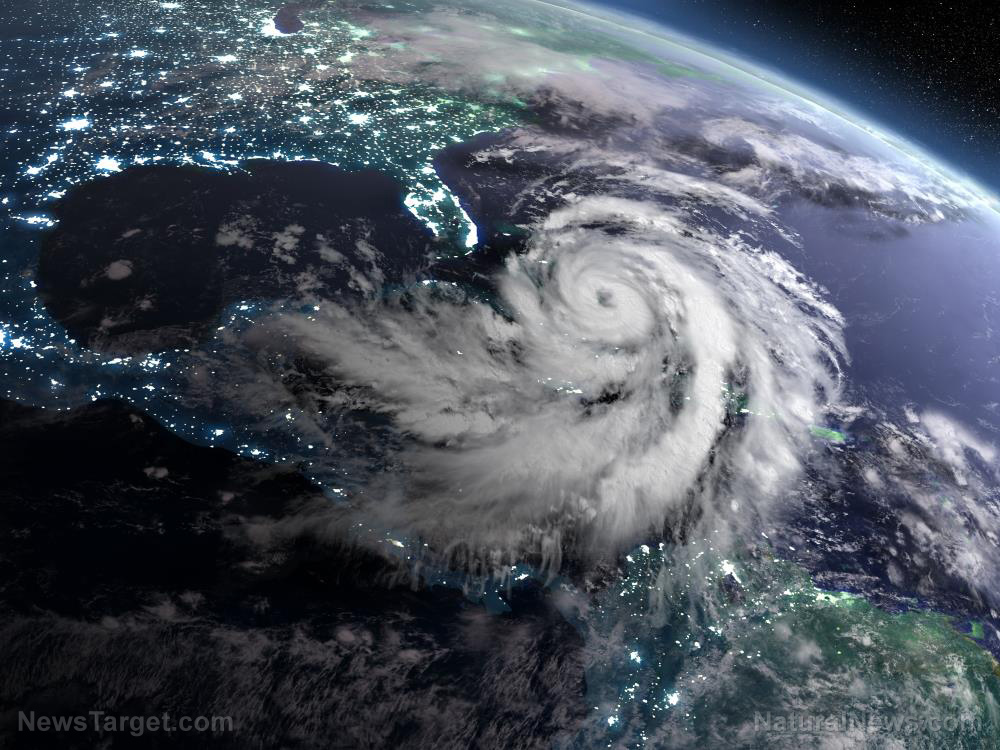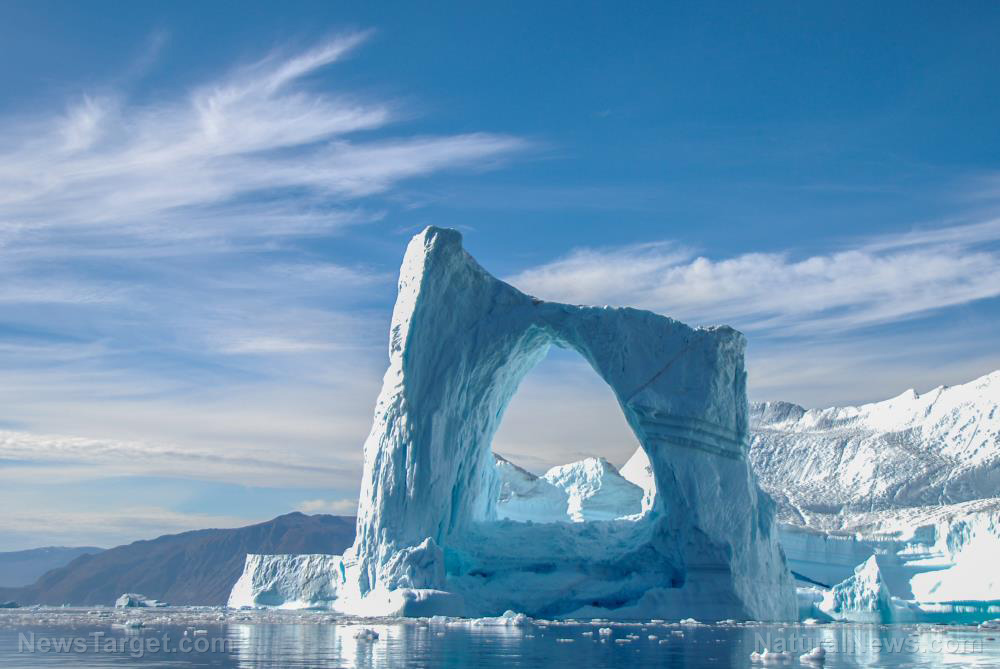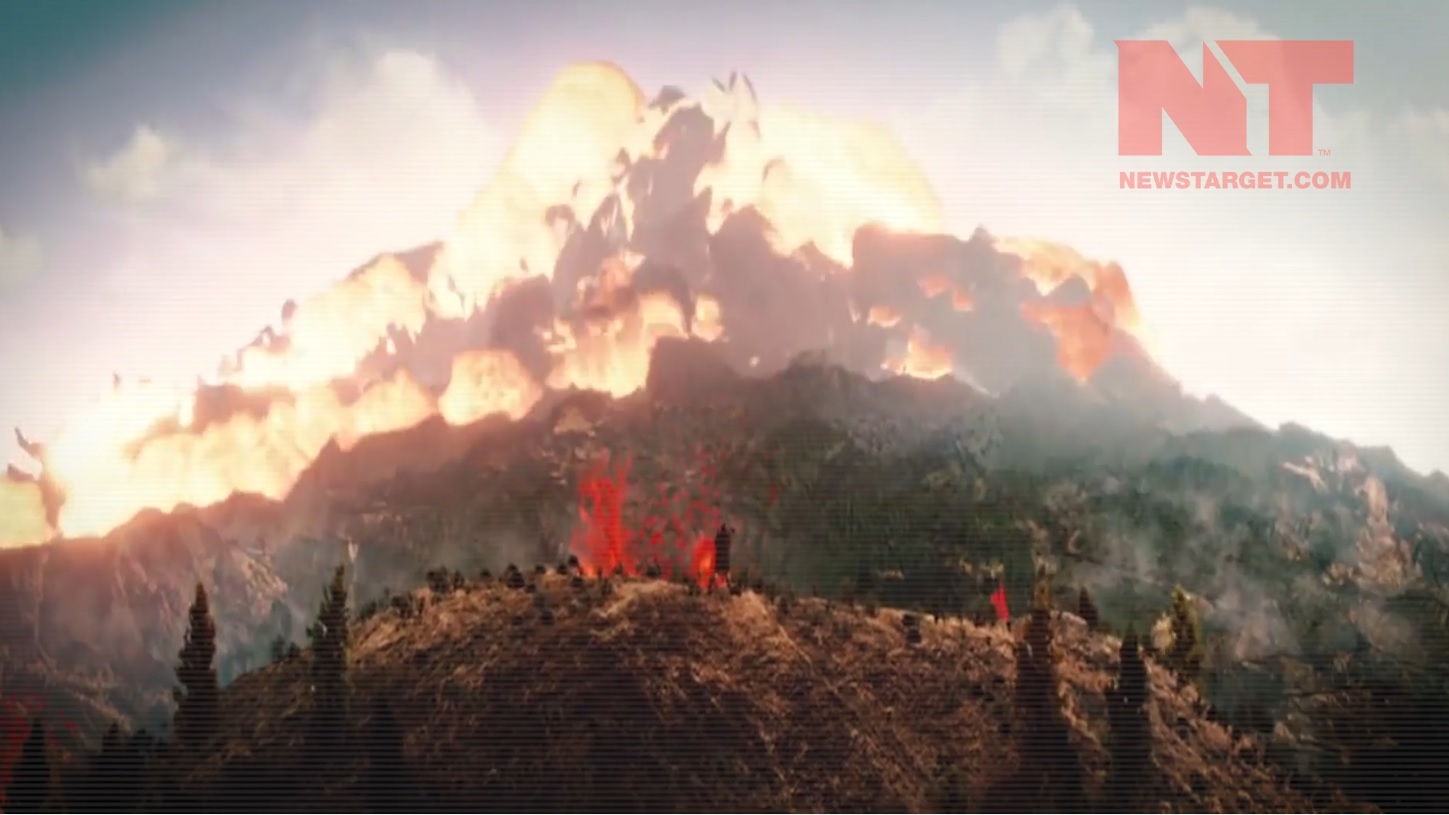Asteroid impact triggered the “impact winter” that likely killed dinosaurs 66 million years ago – study
10/08/2020 / By Virgilio Marin
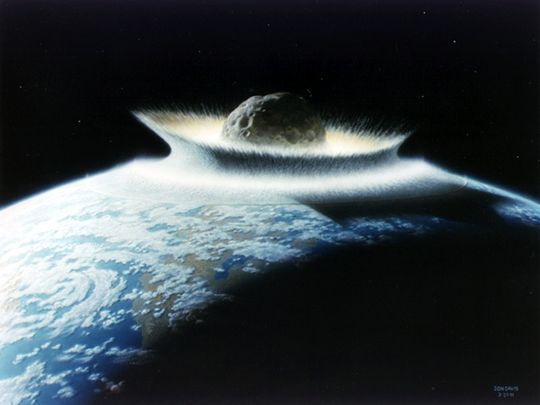
According to a recent study, the asteroid that hit Earth 66 million years ago likely released an enormous amount of material into the atmosphere, leading to the extinction of non-avian dinosaurs and several other species. In their report, which was published in the Proceedings of the National Academy of Sciences, an international team of researchers examined sediment samples from the impact site, called the Chicxulub crater, in what is now the Yucatan Peninsula in Mexico, as well as samples from nearby ocean sites. They identified a group of hydrocarbons heated up right after the impact, unleashing huge amounts of aerosols and dust into the atmosphere. These particulates sparked the “impact winter” that led to the Cretaceous-Paleogene (K-Pg) mass extinction, suggested the researchers.
This interpretation contrasted the prominent theory that held massive wildfires accountable for the cooling event. While the team supported the blazes’ existence, they posited that these occurred much later and had less of an influence on killing around 75 percent of life on Earth.
Asteroid impact had a direct role in impact winter
The dino-killing asteroid, called the Chicxulub impactor, was about six to nine miles wide. It traveled at great speeds before smashing into a shallow sea in present-day Gulf of Mexico.
Scientists know for a fact that the impact happened based on evidence provided by the K-Pg boundary records. These are features of rocks that preserve information about Earth’s ancient history. Years of research on them have shown that the atmosphere was blanketed by a huge amount of soot, blocking incoming sunlight and leading to the decimation of plants and animals. However, it’s still unclear where the material in the boundary records came from.
To determine the soot source, the researchers examined molecular burn markers, called polycyclic aromatic hydrocarbons (PAHs), on the sediment samples. Analyses suggested that the soot likely had a rocky carbon source that experienced rapid heating due to the impact. The ejected carbon was dispersed all over the world by atmospheric processes.
“Target rock-derived soot immediately contributed to global cooling and darkening that curtailed photosynthesis and caused widespread extinction,” wrote the researchers.
Burnt biomass also made its way into the atmosphere, as indicated by charcoal in the samples. There’s evidence for wildfires, but these wouldn’t occur until later, so their role in the extinction was likely less significant, the researchers added. (Related: Climate change didn’t hurt the dinosaurs… they were thriving until the asteroid struck.)
Darkness, not cold, potentially killed most life forms
Though there’s ample evidence of an impact winter after the Chicxulub blast, many scientists had trouble teasing out the details of that cooling event, including the exact mechanisms that killed life on Earth. Another study, published in the Geophysical Research Letters, posited that the darkness, not the cold, was likely responsible for the K-Pg mass extinction.
The researchers simulated the climatic effects of the impact’s particulate emissions. The results suggested that though the cold was severe, it was not likely catastrophic enough to drive mass extinction. On the other hand, low levels of sunlight would have had killed photosynthesizers at the base of the food web.
The team’s model showed that soot did such a good job at absorbing sunlight that photosynthesis levels plunged to below one percent of the normal for at least a year.
“This low light seems to be a really big signal that would potentially be devastating to life,” said lead author Clay Tabor, a geoscientist at the University of Connecticut. “It seems like these low light conditions are a probable explanation for a large part of the extinction.”
Learn more about “impact winter” and how it affects life at ClimateScienceNews.com.
Sources include:
Tagged Under: ancient history, asteroid impact, catastrophic, Chicxulub, Climate, climate science, Dinosaurs, Earth cooling, Global Cooling, impact winter, mass extinction, meteorite impact, natural disaster, research

